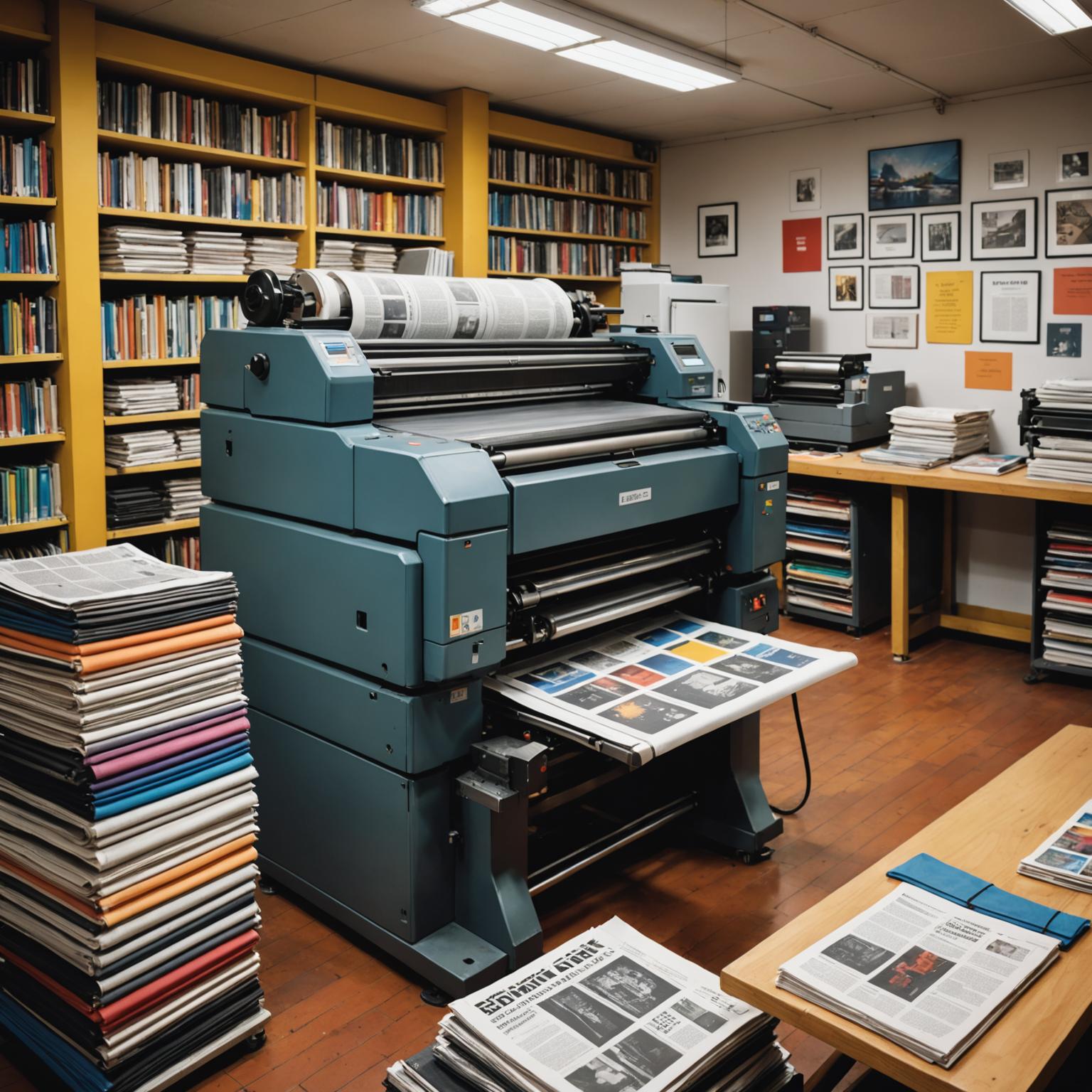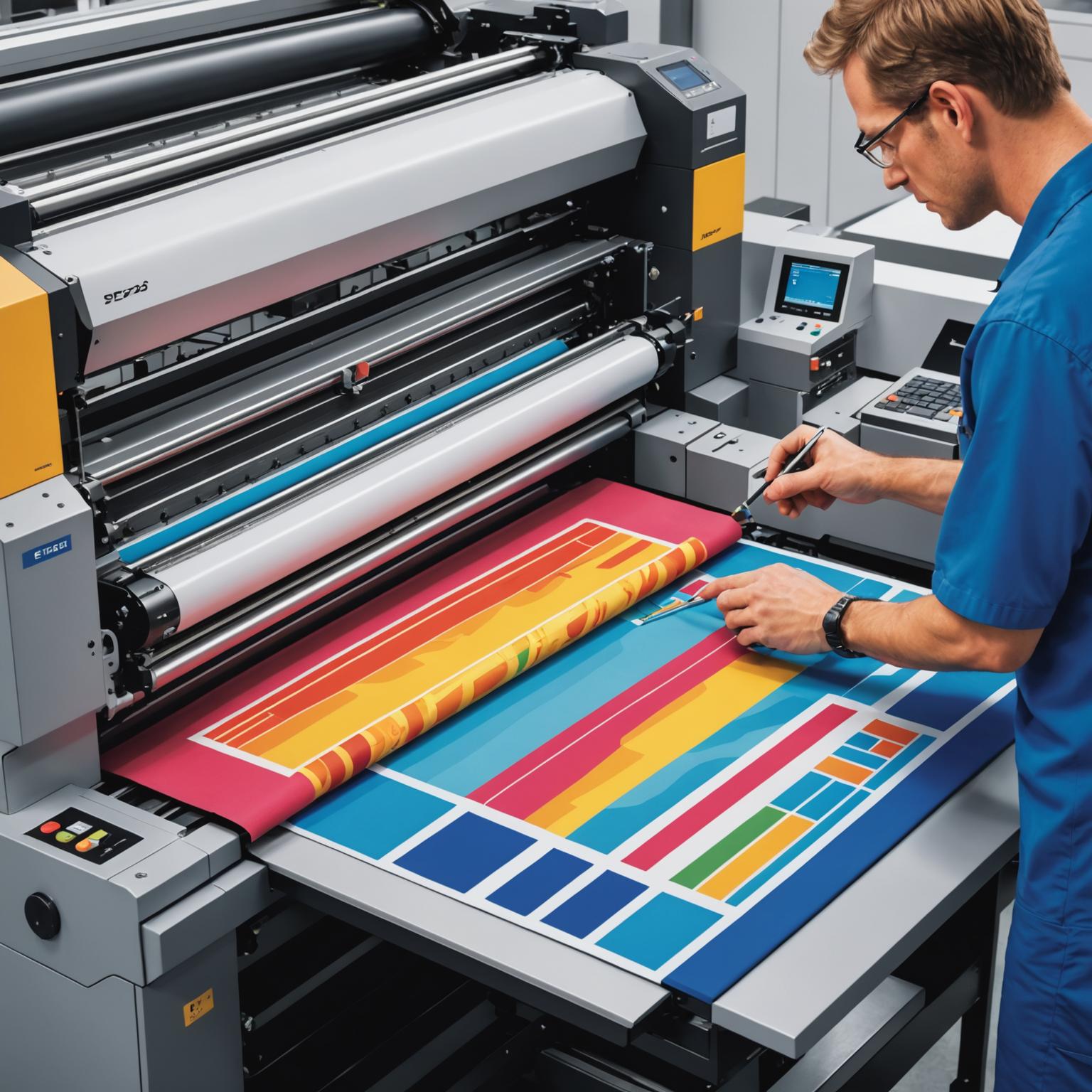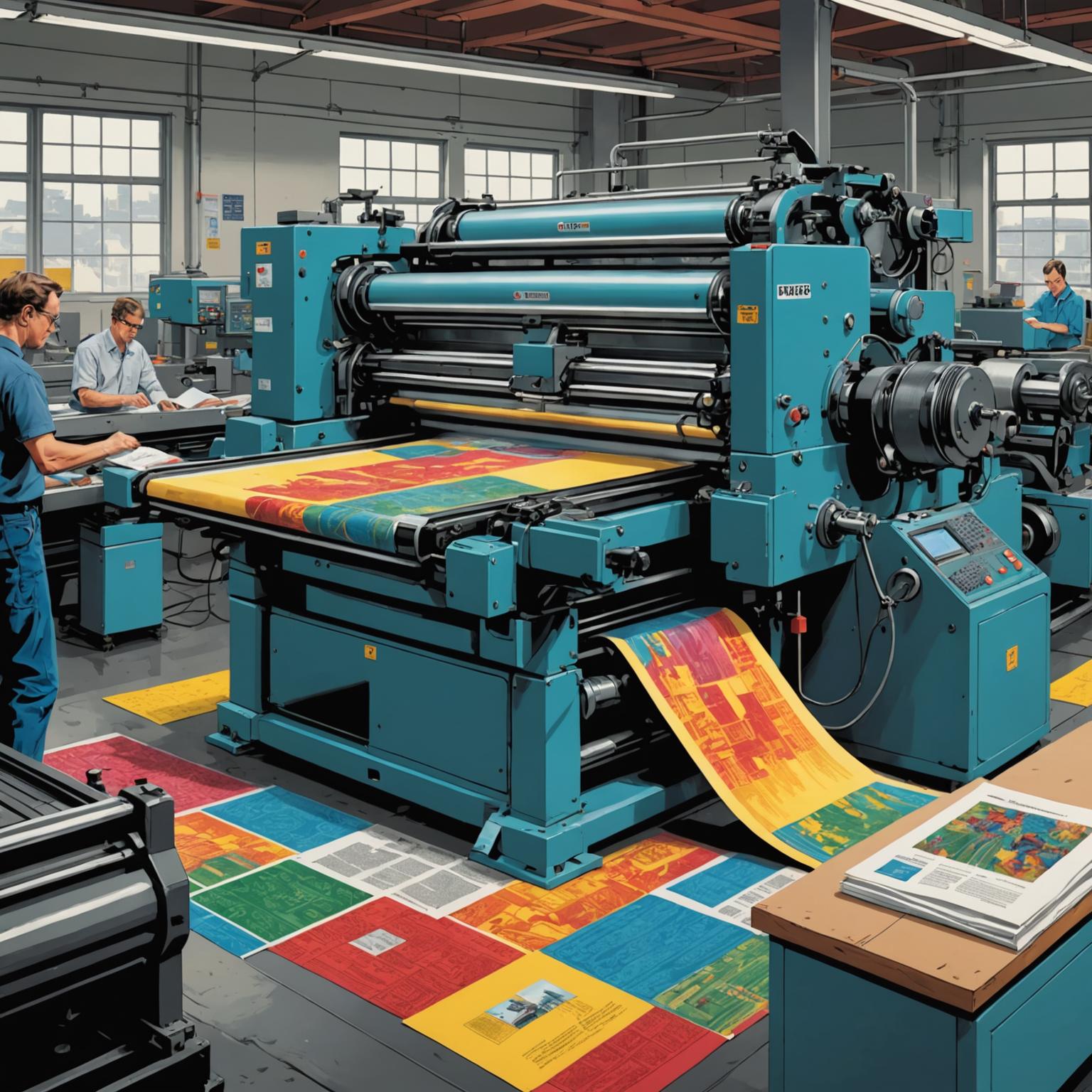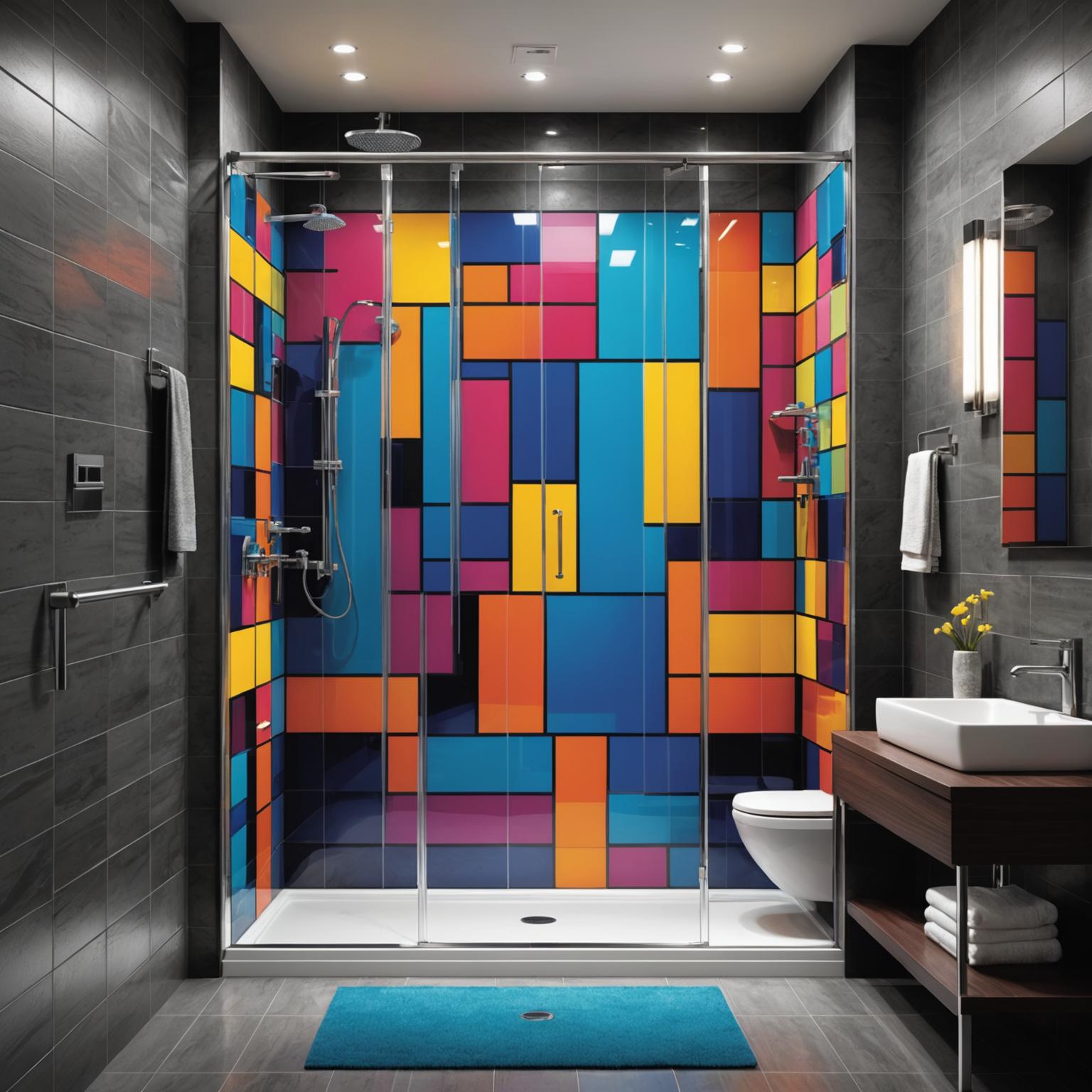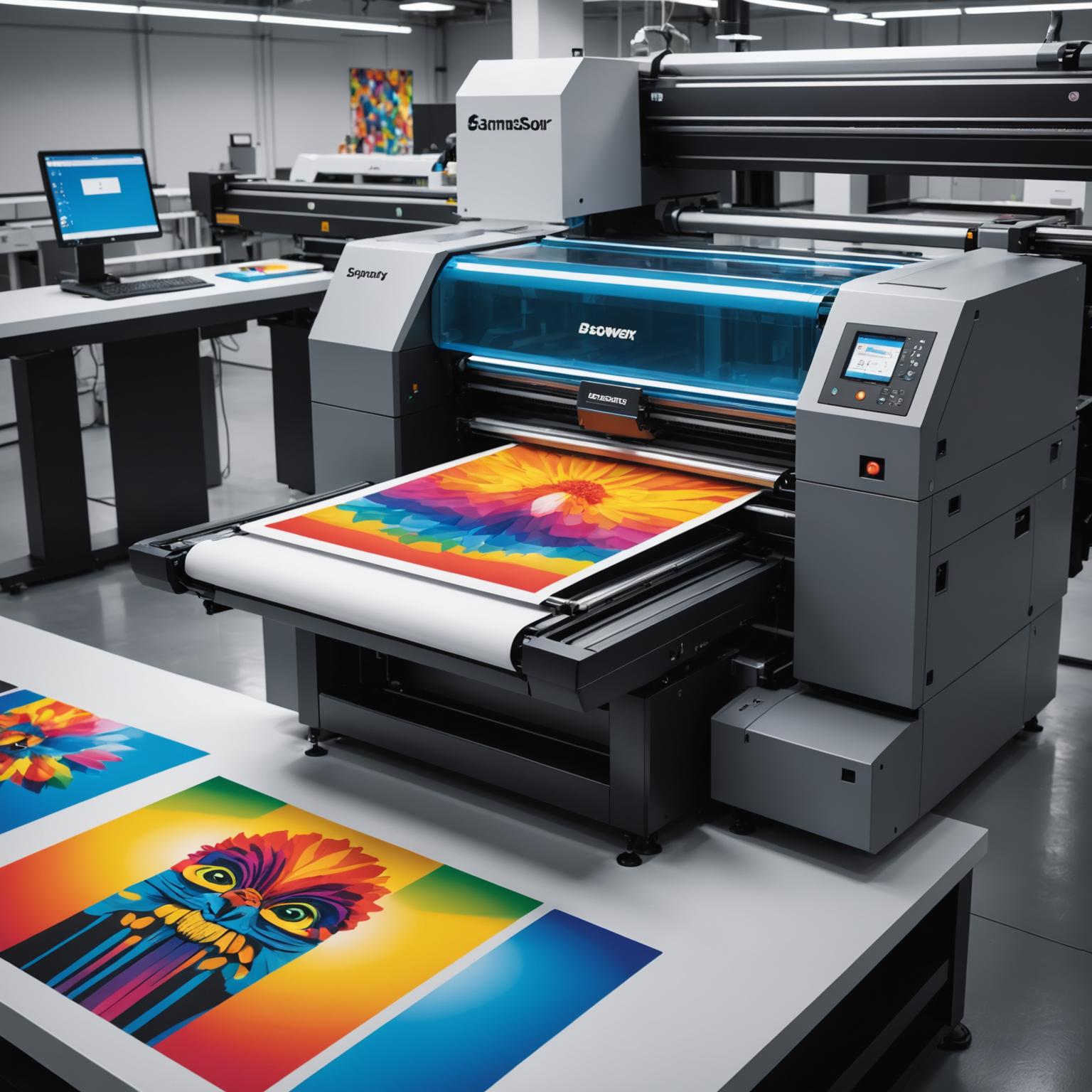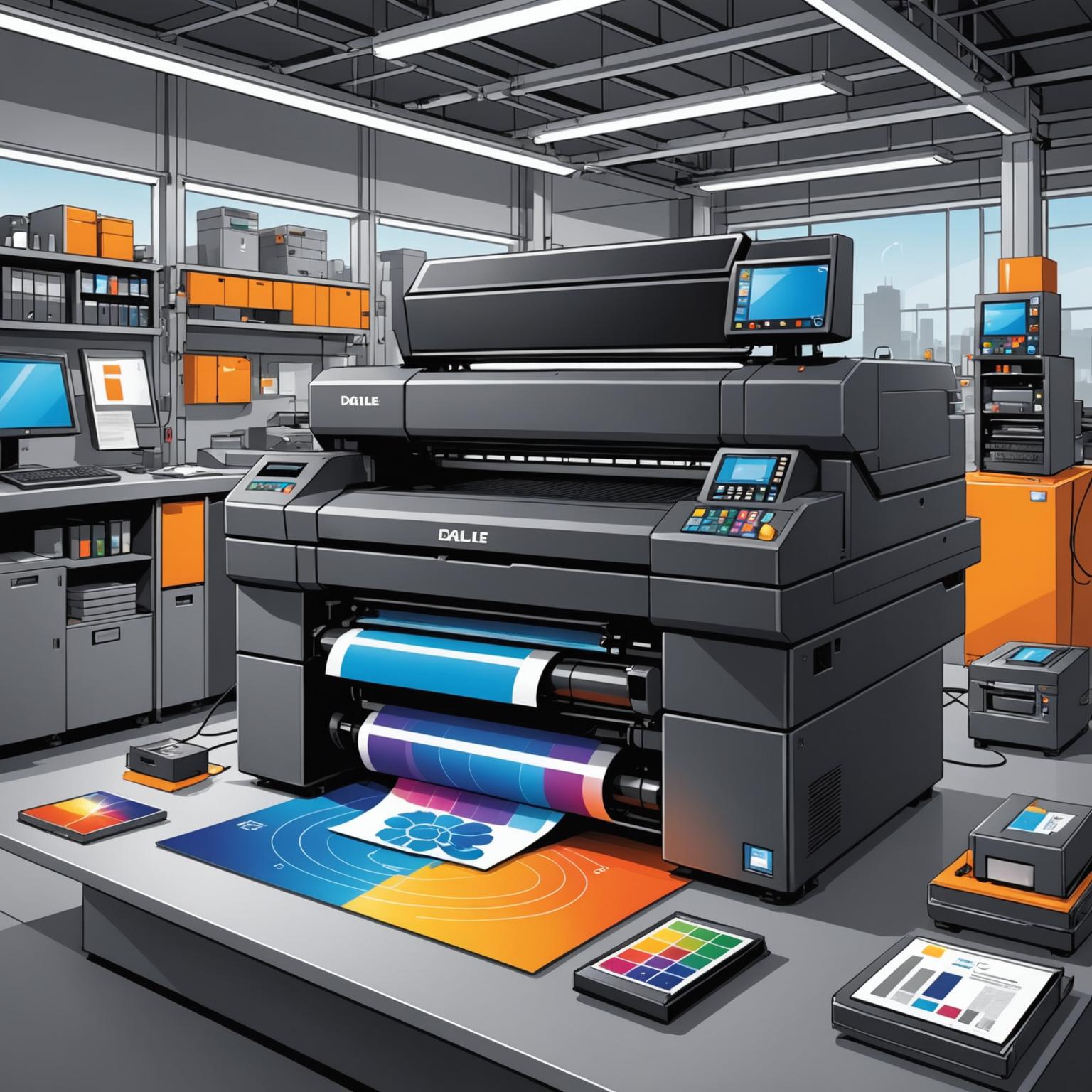The Art and Science of Creating a Printing Plate
In the vibrant and fast-paced world of packaging, labels, and flexible prints, the flexographic printing process stands as a dominant force. At the very heart of this technology is the creation of the printing plate, a critical component that transfers ink to the substrate with precision and consistency. The journey of flexo plate manufacturing is a fascinating blend of digital artistry, chemical science, and meticulous engineering. It is a process that transforms a digital design into a tangible, three-dimensional relief plate, ready to produce millions of high-quality impressions. Understanding this process reveals the incredible detail and technology required to bring modern packaging to life.
The Foundation: From Digital File to Plate
The entire journey begins with a digital file. This file, containing the artwork, text, and barcodes, serves as the blueprint for the final plate. In modern workflows, computer-to-plate (CTP) technology has revolutionized this initial stage, offering unparalleled speed and accuracy. The digital file is sent directly to a platesetter, which uses a high-powered laser to ablate a black mask layer on the surface of a raw photopolymer plate. This photopolymer material is the canvas of our process; it is a specialized resin that is sensitive to ultraviolet (UV) light. The areas ablated by the laser become transparent, while the non-ablated areas remain opaque, creating a perfect, high-resolution integral negative of the final image. This initial step is one of the most critical flexo plate production techniques, as the quality of this mask directly dictates the sharpness and detail of the final printed image.
Bringing the Image to Life: Exposure and Processing
Once the mask is formed, the plate undergoes a multi-stage exposure process. First is the 'back exposure,' where the reverse side of the plate is exposed to a bank of UV lamps. This initial exposure doesn't create an image but rather polymerizes the base layer of the plate, creating a stable 'floor' and precisely controlling the final relief depth. Following this, the plate is subjected to the 'main exposure.' UV light shines through the transparent areas of the laser-ablated mask, hardening the photopolymer underneath. The areas protected by the opaque black mask remain soft and unpolymerized. After exposure, the plate moves to a processing unit where these unexposed, soft areas are removed. This can be done using a solvent washout, where brushes and a specific chemical solution gently wash away the unhardened polymer, or through a thermal process where a special wicking material lifts the molten polymer off the plate. This washout stage is a magical part of flexo plate manufacturing, as it is where the raised, three-dimensional image relief physically emerges from the flat plate.
Refinement and Quality Assurance
After the image is revealed, the plate is not yet ready for the press. It must first be thoroughly dried in a controlled oven to remove any residual solvent and to ensure dimensional stability. This is a crucial step, as improper drying can lead to plate shrinkage or swelling, compromising print registration. Following drying, the plate undergoes a final finishing stage involving post-exposure and detack. It is exposed to both UVA light for final curing and UVC light to eliminate surface stickiness, resulting in a durable, ink-receptive surface. Throughout these advanced flexo plate production techniques, quality control is paramount. Technicians use digital microscopes and specialized measurement tools to inspect dot formation, relief depth, durometer (hardness), and overall plate accuracy against the original digital file. This meticulous inspection guarantees that every plate meets the stringent demands required for high-speed, high-quality flexographic printing.
The Culmination of Precision
Ultimately, the complex process of flexo plate manufacturing is a testament to modern industrial precision. From a simple digital file, a sophisticated printing tool is born, capable of rendering everything from a simple price sticker to a photorealistic image on a food pouch. Each step, from the digital design to the final quality check, is carefully controlled to ensure the final product is not just a plate, but a key to unlocking vibrant, consistent, and effective printing for countless applications around the globe. The continuous evolution of these methods ensures flexography remains a leading choice for the packaging industry.


